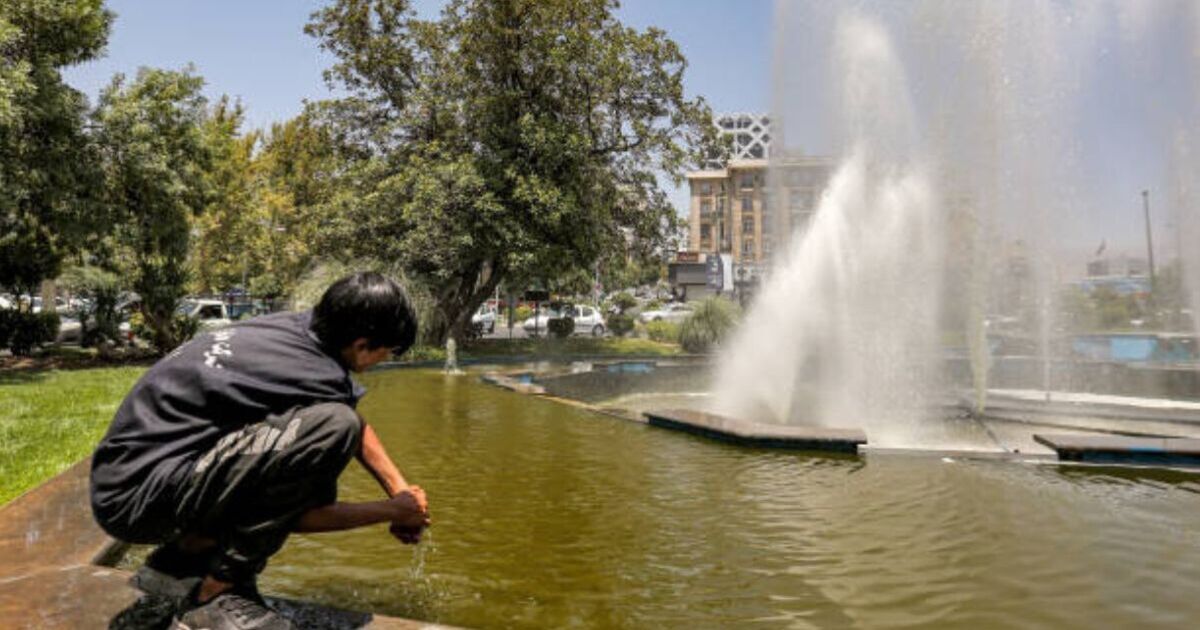
The Persian Gulf has been experiencing an extreme and potentially life-threatening heat wave, with temperatures and humidity levels soaring to triple-digits this week.
The heat, fueled by a combination of factors – from the brutal heat dome to the impact of human-caused climate change – is pushing the boundaries of heat tolerance for people living in the Middle East that have seen the heat index reaching 140 or 150 Fahrenheit.
Iran and Dubai are some of the countries that are hit the hardest, with temperatures at the Persian Gulf International Airport in Iran reaching as high as 108 degrees and a heat index of 149 degrees this week.
Dubai is also experiencing a relentless heat wave, with temperatures reaching as high as 113 degrees and the heat index of 144 degrees.
But this was not even the hottest tempearture, as the Persian Gulf region reached a record high of 158 degrees on the heat index in 2023.
The heat indexes have been propelled by the humidity and have exceeded the actual air temperatures by up to 30 degrees.
A NASA analysis finds the Persian Gulf to be one of the most vulnerable regions most likely to be exposed to life-threatening heat and humidity thresholds by 2050.
Dubai, known for its hot desert climate, was ranked as the most dangerous city in terms of high summer heat in the world, with the heat occurring at approximately 89 percent of summer days, followed by Doha and Qatar.
The extreme heat comes a month after the tempearture soared to at least 125 degrees Fahrenheit in Saudi Arabia, where more than 1,300 Muslims pilgrims died during the annual Hajj, or pilgrimage to Mecca, according to Human Rights Watch.
It also come a month after the National Oceanic Atmospheric Administration ranked June of this year as Earth’s hottest June on record when the average ground and water temperature reached 1.89 degrees Farehenheit.
It surpassed the previous record set in June 2020, when it reached 1.66 degrees Farehenheit.